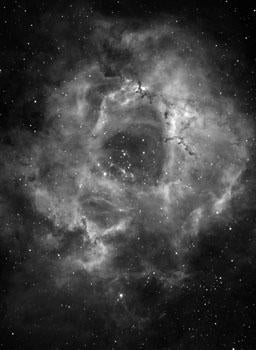
Filters for Imaging
The most basic use for filters is for taking color images. By shooting through red, green, and blue colored filters it is possible to capture objects in full color. Filters can also be used to enhance certain details, to block...

The most basic use for filters is for taking color images. By shooting through red, green, and blue colored filters it is possible to capture objects in full color. Filters can also be used to enhance certain details, to block...
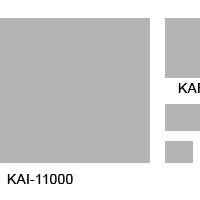
When starting in CCD imaging, price often determines what camera you buy. Relatively inexpensive CCDs typically have smaller chips, lowerquantum efficiency, and lack certain features such as self-guiding and compatibility with certain accessories. Advanced CCDs take up where the smaller...
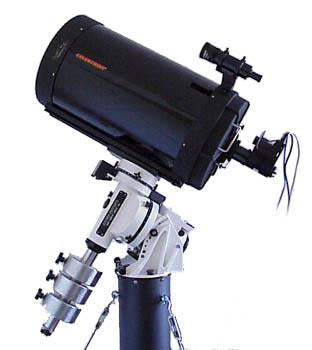
Schmidt-Cassegrain telescopes and refractors are the most popular systems for CCD imaging. Most SCTs come as a complete system with optical tube and fork-mount as one assembly. Less expensive refractors may include a small German equatorial mount, but many high-end...
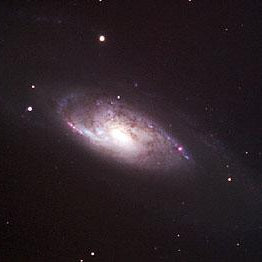
The most popular telescope design used for CCD imaging is the Schmidt-Cassegrain. This design offers a lot of versatility for both imaging and viewing. This fact as well as their portability and moderate price make them very popular instruments. However,...
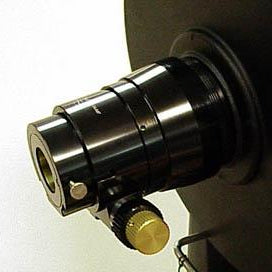
If you have not already, please read the section on Basic CCD Accessories for some of the most common items used to make imaging easier. Below are some of the best accessories for advanced imaging. Autoguiders If your CCD camera...
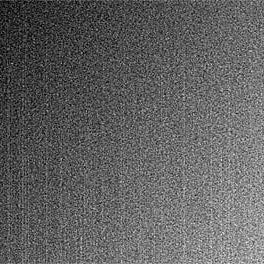
In the Basics of CCD Imaging section, a simple dark frame was used to calibrate the images. Subtracting dark frames is the most important calibration process, but flat fields can also be critical. Bias frames are only used in certain...
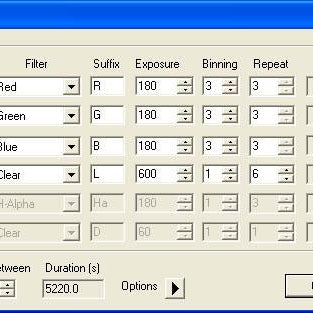
By taking multiple images it is possible to significantly reduce the noise in a CCD image allowing for more enhancement later. See the Advanced Image Processing section for details on combining and processing sequences of images. A Single Image The...
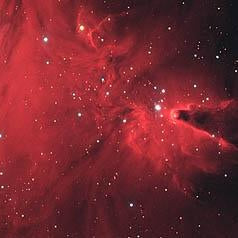
LRGB In the Basics of CCD Imaging section, only RGB imaging was discussed. The shortcoming of RGB imaging is that the individual filters cut down on the amount of light reaching the CCD. An image through the clear filter will...
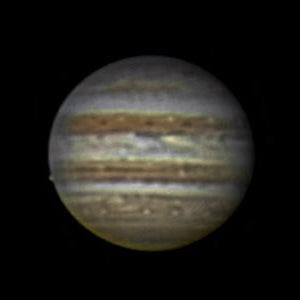
Much has changed in the last few years regarding the way in which planetary images are taken. Planetary imaging used to be one of the most challenging aspects of astronomical imaging, but new technology has now made capturing high-resolution pictures...
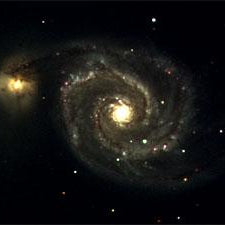
There are two ways to think of getting the "most" out of an image: capturing the faintest possible details, and capturing the finest possible detail. The ideal situation would involve getting an image with both extremely fine detail (high resolution)...
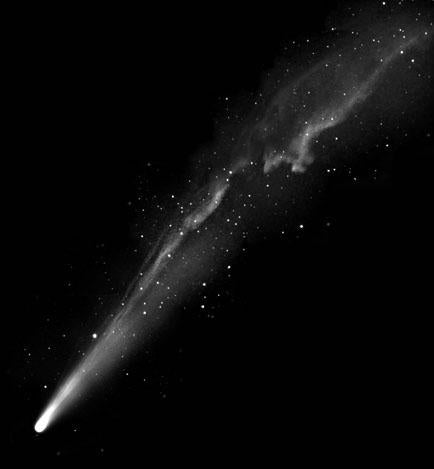
Imaging Comets There are basically two types of comets: faint ones and bright ones. The bright ones certainly get all the glory, and names like Halley, West, Hyakutake, and Hale-Bopp are all familiar to most amateur astronomers. Occasionally a fainter...
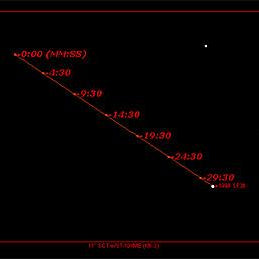
Imaging Asteroids While asteroids do not share the stunning beauty of their solar system cousins the comets, they are worthy CCD targets nonetheless. Only the most powerful professional telescopes have the capability to resolve features on the surface of asteroids...